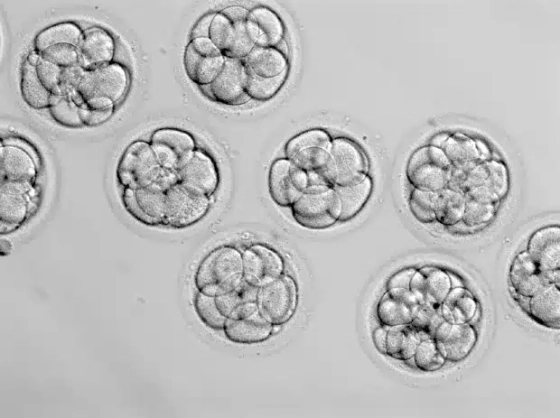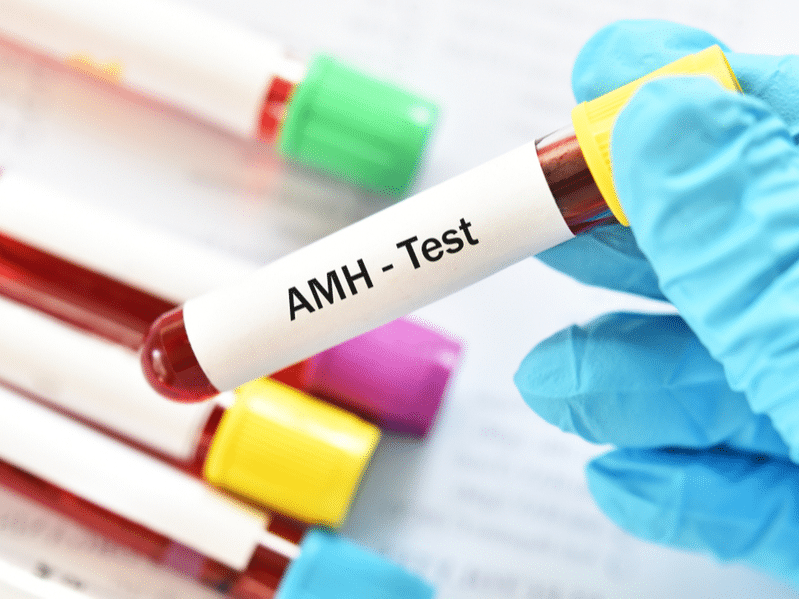Resources
What is an embryo?

What is an Embryo?
An embryo is the earliest stage of human development that occurs after a sperm cell has successfully fertilised an egg. In humans, the embryo stage begins with fertilisation and continues until the end of the eighth week of pregnancy, at which point it is referred to as a foetus.
How does an Embryo Develop?
Human embryo development is a highly complex process during which the fertilised egg undergoes a series of rapid cell divisions, known as cleavage. Cleavage during the first 4 days of development sees the embryo increase in cell number without an increase in the embryo’s size, while beyond day 5, the continued cell division sees the formation of a fluid filled cavity as the embryo grows in size and prepares for implantation.
Why are embryos cultured?
Embryos are cultured in our laboratory for up to 6 days to help identify the most viable and healthy embryos for transfer into the uterus, to optimise the chances of successful treatment.
In some instances, embryos may be created and cultured in the lab to allow pre-implantation genetic testing (PGT) to help identify embryos that are not affected by genetic disorders or chromosomal abnormalities.
How are embryos cultured?
At Fertility North, embryos are generally cultured, or grown, in our time-lapse incubator, the Embryoscope+®. The Embryoscope+ (pictured below) is fitted with an internal camera, and can hold 15 slides (second image below), each with the capacity to hold 16 embryos in individual droplets.
These slides contain sterile culture medium, a highly specialised liquid comprised of a precise combination of highly purified water, salts, proteins, antioxidants and antibiotics that are specifically designed to support optimal growth of your embryos during their time in the laboratory.
The Embryoscope+® takes many photos (using low energy hence safer light) of each of your embryos at regular intervals throughout their time in culture, forming a short video, which is used by our Embryologists to monitor the progress and development of each of your embryos. Your embryos can be viewed and assessed at any time, without the need to remove them from the incubator, ensuring that they are not disturbed during this critical time.
Not all embryos are created equally, and as such it is normal that not all embryos will survive their time in culture. Our Embryologists will keep a close eye on the progress and development of your embryos and will be sure to notify you of any concerns.

Embryo Transfer
At Fertility North, embryo transfers take place between day 1 (when the embryos tend to be a single cell) and day 6 (where the embryos should have achieved the blastocyst stage, with hundreds of cells). The day of embryo transfer is usually determined during your consultation with your doctor, however, changes can be made at short notice depending on the development of your embryo(s) in the Laboratory. Such changes will be explained to you in detail at the time, and changes will only be made in accordance with your doctor’s recommendations.
The procedure itself is similar to a Pap Smear test. A speculum is gently inserted into the vagina to allow access to the cervix. The cervix is then carefully washed with some of the embryo culture solution, before the “outer catheter” (a soft, sterile plastic tube) is positioned within the uterus. Once this is in place, the Doctor confirms that the Embryologist can load the embryo(s) into the “inner catheter”. Once the embryo(s) is safely loaded, the inner catheter is passed through the outer catheter by the Doctor, before the Embryologist deposits the embryo(s) within the uterine cavity.
The embryo transfer usually takes place under ultrasound guidance. As such, the Embryologist will remind you to attend your embryo transfer with a semi-full bladder. Whilst this can cause a little discomfort, this unusual request allows the uterus to be clearly visible, to ensure that the embryo(s) can be deposited in the correct position within the uterus.
What Happens to the Rest of my Embryos?
Embryos that survive and are not transferred back into the uterus can be stored for future use. This preservation method involves freezing the embryos through a process called vitrification. Once vitrified, these embryos can remain in storage for up to ten years, in compliance with local legislation. The vast majority of embryos (90-95%), survive the freezing and thawing process for use in subsequent cycles.




